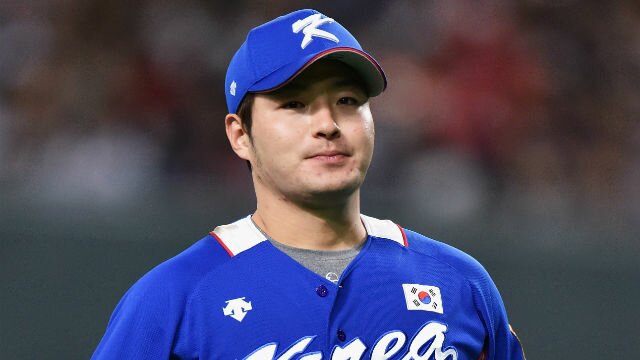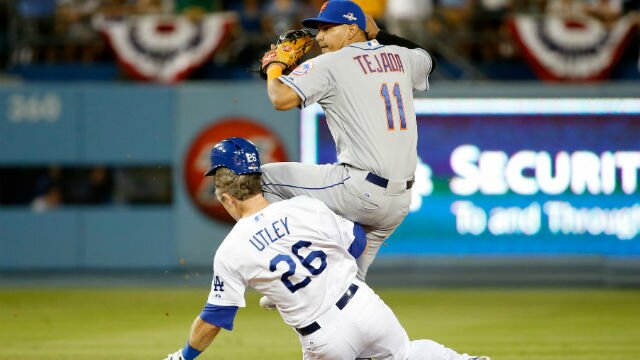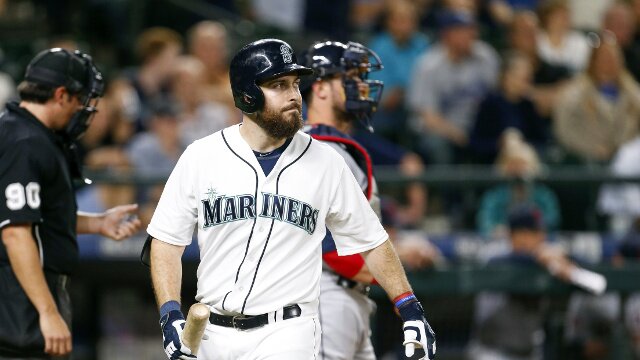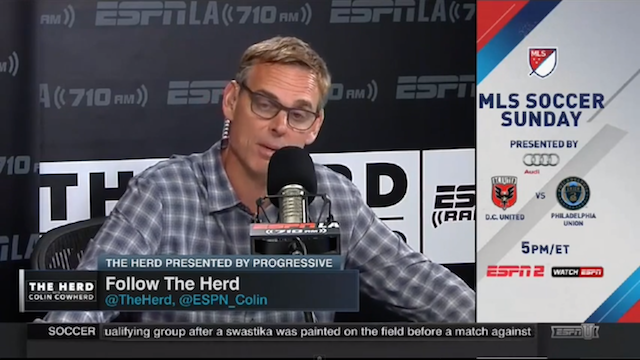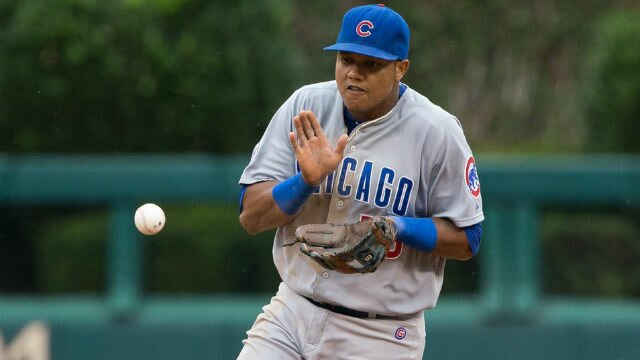
2013 is already becoming an interesting year. This is the first time in Major League Baseball history that no arbitration-eligible players took their cases through the whole process. In other words, every team settled with their players away from the process. This breaks the previous record of three hearings set in 2005, 2009 and 2011. The most hearing was in 1986, when there were 35 hearings.
So what is the reason for this decline in hearings? Well, there’s a few factors. Teams have decided to give arbitration-eligible young players long-term contracts through the arbitration process. That way, the player may be guaranteed a lesser amount of money, but have it guaranteed as opposed to heading into a hearing.
In normal circumstances, a MLB player has little to no control over their salary during their first three years in the big leagues. The last three years of that particular player’s career, he is entitled to an arbitration hearing to determine his salary for that season. Teams and players are starting to sign contracts that will take that particular player through the arbitration years, and pay them more during the first three seasons.
Another factor is economics. There are times where a lower-income team will trade an arbitration eligible player to a larger-income team and avoid the whole process. When that happens, the team acquiring the player will usually negotiate a contract as part of the deal. This works out well because some of the bigger-market teams don’t mind overpaying for a player they will essentially control for a few seasons.
The arbitration process doesn’t necessarily end after a players’ first six seasons. When the players’ contract is up, a team may or may not offer that particular player arbitration. If the player accepts, the teams can negotiate a contract before a hearing. If the player refuses, the player then becomes a free agent.
Now, here’s the tricky part. A team can offer a player what’s called a qualifying offer. In this case, the team offers the player the average salary of the top 125 players in the game ($13.3 million). If the player refuses, the team is compensated with a draft choice by the team that signs that particular player. Of course, if a team picks in the top-ten those choices are protected, and the team will lose its next choice.
Okay, I know this is a lot of information. But it shows that the league is trying to create a system that works. And with today’s news, it is getting that much closer.
 Share
Share 


